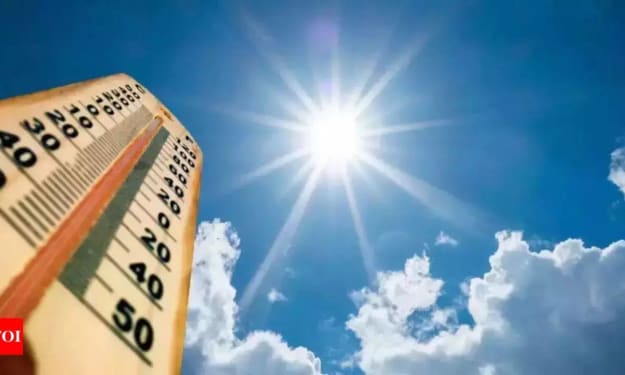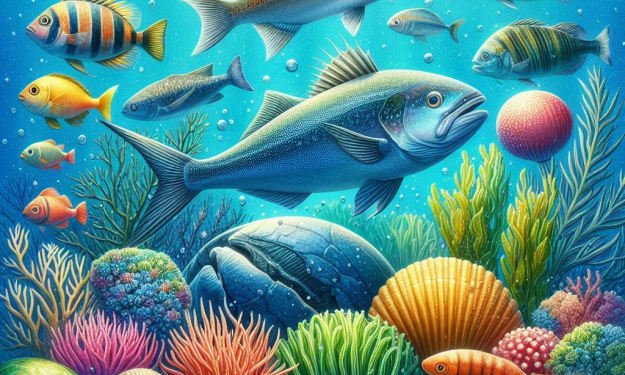Changing Migration Patterns: How Climate Change Affects Wildlife.
Explore the link between climate change and the shifting migration patterns of wildlife, highlighting the impacts on various species.

The Connection Between Climate Change and Wildlife Migration.
Climate change has a significant impact on the migration patterns of wildlife. As temperatures rise and weather patterns shift, many species are forced to alter their traditional migration routes and timings. This disruption can have serious consequences for the survival and well-being of these animals.
One of the key factors driving the changes in wildlife migration is the alteration of ecosystems due to climate change. As habitats transform, with some areas becoming unsuitable for certain species, animals are compelled to search for more favorable conditions. This often leads to longer migration distances and the need to navigate unfamiliar territories.
Additionally, climate change can affect the availability of food sources along migration routes. For example, changes in temperature and precipitation patterns can impact the blooming of plants, which in turn affects the availability of nectar for migratory birds. This disruption in the food chain can have cascading effects on the entire ecosystem.
Understanding the connection between climate change and wildlife migration is crucial for implementing effective conservation strategies. By identifying the specific ways in which climate change influences migration patterns, scientists and conservationists can develop targeted measures to mitigate the negative impacts and protect vulnerable species.
Species Affected by Changing Migration Patterns.
Numerous species around the world are experiencing changes in their migration patterns due to climate change. From birds and butterflies to whales and turtles, the impacts are widespread.
For example, many bird species rely on specific environmental cues, such as temperature and daylight hours, to determine when to migrate. With climate change altering these cues, birds may migrate earlier or later than usual, which can disrupt their breeding and feeding patterns. This can have serious consequences for their survival and reproductive success.
Marine species, such as whales and turtles, are also affected by changing migration patterns. Rising ocean temperatures can affect the availability of their prey, forcing them to travel longer distances in search of food. This can lead to increased energy expenditure and reduced reproductive success.
It is important to monitor and study these changes in migration patterns to better understand the impacts on different species and to develop conservation strategies that can help mitigate these effects.
Adaptations of Wildlife to Climate Change.
In response to the changing climate and migration patterns, wildlife has shown remarkable adaptations to survive in new and challenging environments.
Some species have been observed shifting their ranges to higher latitudes or elevations where temperatures are more suitable. This allows them to continue accessing the resources they need, such as food and mating opportunities.
Other species have exhibited behavioral changes, such as altering their migration timings or routes. This flexibility allows them to respond to unpredictable weather patterns and adjust their movements accordingly.
Furthermore, certain animals have developed physiological adaptations to cope with the changing conditions. For example, some bird species have evolved longer wingspans to aid in longer migrations, while others have altered their metabolism to adjust to different food availability.
These adaptations demonstrate the resilience and resourcefulness of wildlife in the face of climate change. However, not all species have the ability to adapt quickly enough, and it is crucial to protect and conserve their habitats to ensure their survival.
Human Influence on Wildlife Migration.
Human activities have had a significant impact on wildlife migration patterns, exacerbating the effects of climate change.
The destruction and fragmentation of natural habitats due to urbanization, deforestation, and infrastructure development can disrupt established migration routes and prevent animals from accessing essential resources. This can lead to population declines and increased vulnerability to the impacts of climate change.
Other human-induced factors, such as pollution and the introduction of invasive species, can further complicate wildlife migration. Pollution can contaminate habitats and disrupt the availability of food sources, while invasive species can outcompete native species for resources and alter the dynamics of ecosystems.
It is crucial for humans to recognize their role in influencing wildlife migration and take steps to minimize negative impacts. Conservation efforts, such as establishing protected areas and implementing sustainable land-use practices, can help create safe corridors for migratory species and ensure their continued survival.
About the Creator
Enjoyed the story? Support the Creator.
Subscribe for free to receive all their stories in your feed. You could also pledge your support or give them a one-off tip, letting them know you appreciate their work.






Comments
There are no comments for this story
Be the first to respond and start the conversation.